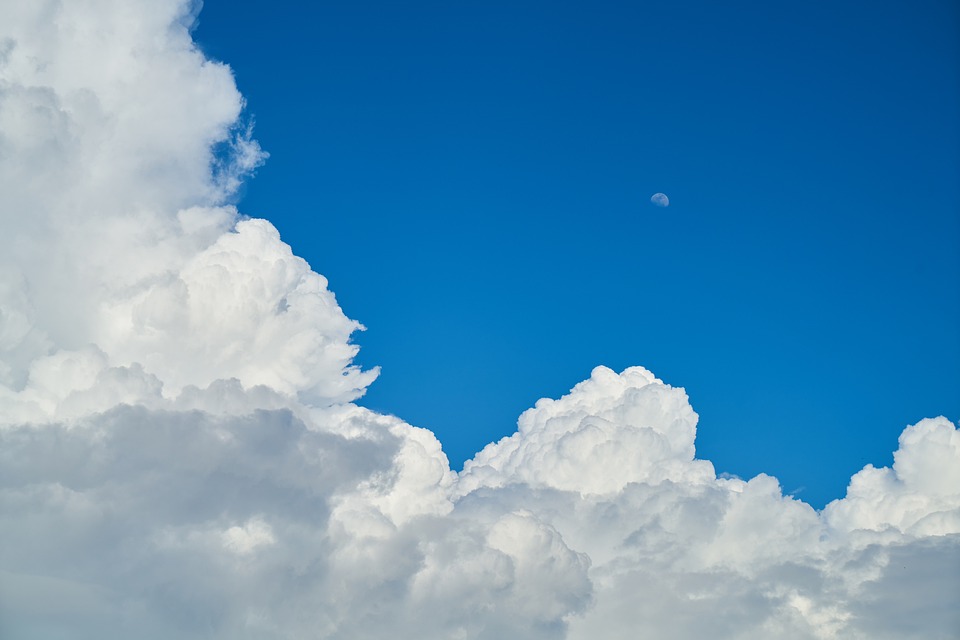Understanding Miami’s Tropical Weather Patterns
Miami, located in southeastern Florida along the Atlantic coast, is renowned for its vibrant culture, beautiful beaches, and unique tropical climate. Its proximity to the Tropic of Cancer and the warm waters of the Atlantic Ocean contributes significantly to its weather patterns, making it a year-round destination for tourists and locals alike.
Overview of Miami’s Tropical Climate
Tropical Monsoon Climate (Am)
According to the Köppen climate classification, Miami has a tropical monsoon climate (Am). This classification is characterized by:
– Warm temperatures year-round: Average highs remain consistently above 70°F (21°C), with summer temperatures often exceeding 90°F (32°C).
– Distinct wet and dry seasons: Miami experiences a pronounced wet season from May to October and a dry season from November to April.
Key Climate Characteristics
– High Humidity: Miami’s humidity levels can be notably high, especially during the summer months, contributing to the perception of heat.
– Warm Temperatures Year-Round: The city enjoys warm weather throughout the year, making it an attractive location for outdoor activities and tourism.
Seasonal Weather Patterns in Miami
Wet Season (May to October)
– Hot and Humid with Frequent Rainfall: During the wet season, temperatures typically range from the 80s°F to 90s°F. This period is marked by frequent afternoon thunderstorms, providing brief relief from the heat.
– Hurricane Season: The Atlantic hurricane season coincides with Miami’s wet season, peaking from August to October. This increases the risk of severe weather events.
– Average Rainfall: Approximately 60% of Miami’s annual rainfall occurs during this season, with August being the wettest month.
Dry Season (November to April)
– Milder Temperatures and Lower Humidity: The dry season brings more comfortable conditions with average temperatures in the 70s°F to low 80s°F and reduced humidity levels.
– Less Rainfall and More Sunshine: This period is typically characterized by minimal rainfall, making it ideal for outdoor activities and tourism. January often sees mild winter temperatures averaging around 72°F (22°C).
– Winter Temperatures: While generally mild, occasional cold fronts can bring brief dips into the 50s°F or low 60s°F during January.
Weather Impacts on Miami’s Lifestyle and Tourism
Year-Round Outdoor Activities
– Beach and Water Sports: Miami’s warm climate allows for swimming, boating, and other water sports year-round. However, summer storms may occasionally disrupt beach activities.
– Tourism Peaks in the Dry Season: The dry season attracts many tourists due to comfortable temperatures and lower humidity levels, making it prime time for festivals and events.
Hurricane Preparedness
– Impact of Hurricane Season: Residents are well-prepared for hurricanes with established evacuation plans and emergency resources.
– Hurricane-Proof Infrastructure: Buildings in Miami are constructed to withstand hurricanes, protecting both residents and the local economy.
Effects of Climate Change on Miami’s Climate
Rising Sea Levels and Coastal Flooding
– Increased Flooding Risks: Rising sea levels pose significant threats to Miami, leading to more frequent “king tides” and tidal flooding in vulnerable coastal areas.
– Resilience Efforts: The city has implemented measures such as improved drainage systems and elevated roadways to mitigate flooding risks.
Increasing Temperatures and More Intense Hurricanes
– Warmer Summers: Climate change is contributing to rising summer temperatures, leading to more intense heat waves.
– More Powerful Storms: Warmer ocean temperatures are fueling more powerful hurricanes, increasing the risk of severe impacts in Miami.
Frequently Asked Questions (FAQs)
1. What type of climate does Miami have?
– Miami has a tropical monsoon climate characterized by warm temperatures year-round and distinct wet/dry seasons.
2. When is Miami’s hurricane season?
– The hurricane season runs from June to November, peaking from August through October.
3. What is the best time to visit Miami?
– The best time is during the dry season (November to April) when temperatures are mild and humidity is lower.
4. Does Miami get cold in winter?
– Winters are generally mild, with rare dips below 50°F (10°C) during cold fronts.
5. How does climate change affect Miami’s climate?
– Climate change leads to rising sea levels, increased flooding risks, warmer temperatures, and more intense hurricanes.
Conclusion
Miami’s tropical monsoon climate features warm temperatures and high humidity with distinct wet and dry seasons. Despite occasional hurricanes and flooding risks, its appeal as a year-round tourist destination remains strong due to abundant outdoor activities. As climate change continues to impact weather patterns, resilience efforts are crucial for adapting infrastructure and ensuring sustainable growth in this vibrant coastal city.

Kyle Whyte is a notable scholar and professor at the University of Michigan, holding positions such as the George Willis Pack Professor in the School for Environment and Sustainability and Professor of Philosophy. Specializing in environmental justice, his work critically examines climate policy and Indigenous peoples’ ethics, emphasizing the nexus between cooperative scientific endeavors and Indigenous justice. As an enrolled Citizen Potawatomi Nation member, he brings a vital perspective to his roles as a U.S. Science Envoy and member of the White House Environmental Justice Advisory Council. His influential research is supported by various prestigious organizations including the National Science Foundation, and disseminated through publications in high-impact journals. Kyle actively contributes to global Indigenous research methodologies and education, with affiliations to numerous institutes and societies dedicated to traditional knowledge and sustainability. Recognized for his academic and community engagement, Kyle has earned multiple awards and served in various visiting professorships. His efforts extend to leadership positions on boards and committees focused on environmental justice nationwide.
